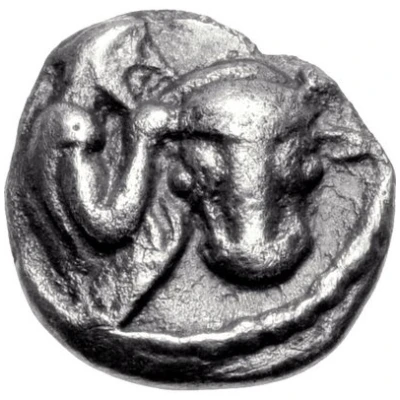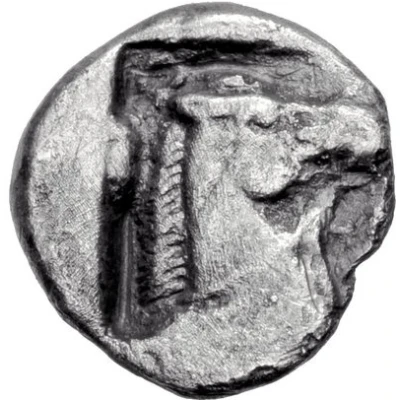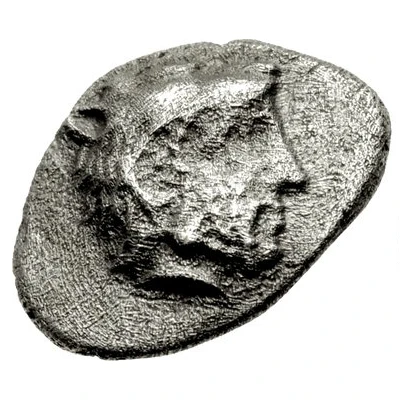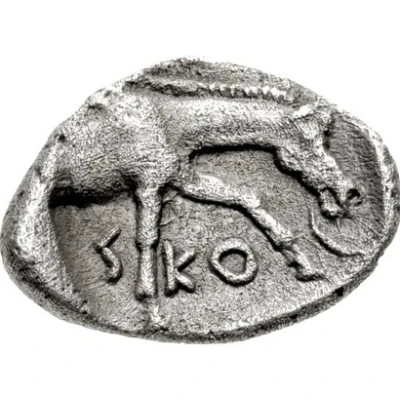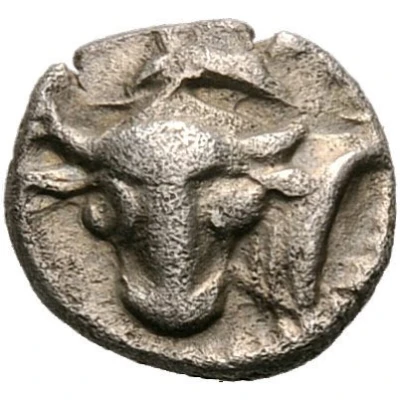
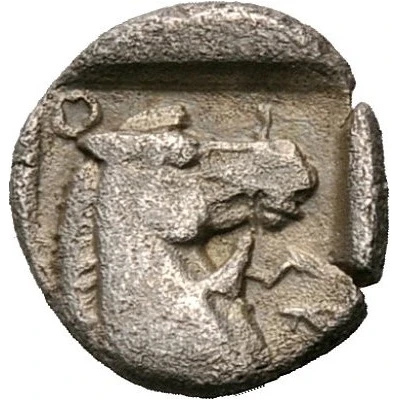

© Nomos AG
Obol 462 BC - 460 BC
| Silver | 0.66 g | - |
| Issuer | Skotoussa (Thessaly) |
|---|---|
| Type | Standard circulation coin |
| Years | 462 BC - 460 BC |
| Value | Obol (⅙) |
| Currency | Drachm |
| Composition | Silver |
| Weight | 0.66 g |
| Shape | Round (irregular) |
| Technique | Hammered, Incuse |
| Demonetized | Yes |
| Updated | 2024-10-10 |
| Numista | N#170827 |
|---|---|
| Rarity index | 100% |
Reverse
Head of bridled horse to right. All within incuse square
Script: Greek
Lettering: ϟΚ Ο
Interesting fact
The Obol coin from Skotoussa (Thessaly) was used as a form of currency in ancient Greece during the 5th century BC. The word "obol" comes from the Greek word "obelos," which means "roasting spit." This is because the coin was originally worth enough to buy a small roasting spit, or a pair of sandals. Over time, the value of the obol decreased, but it remained a widely used denomination in ancient Greece.
